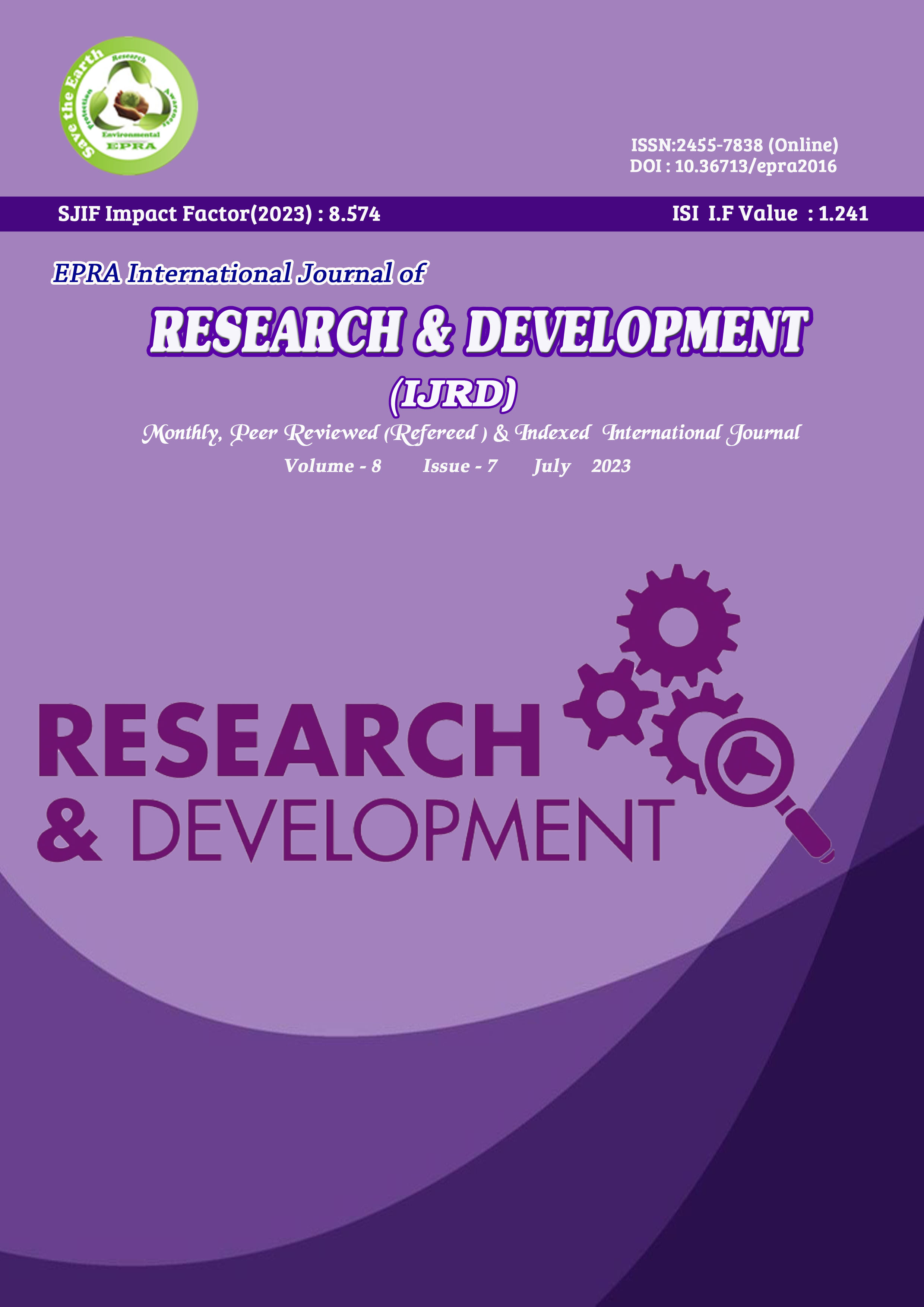A STUDY ON DIFFERENT DIMENSIONS OF KOLHI VILLAGE IN VAIJAPUR BLOCK OF CHHATRAPATI SAMBHAJI NAGAR DISTRICT IN MAHARASHTRA
Keywords:
Crop cycle, Participatory Rural Appraisal (PRA), Multidimensional Poverty Index (MDPI).Abstract
The Kolhi village in India is a geographically distinguishable place where a diverse community resides. The village relies primarily on agriculture for livelihood, with crops like cotton, maize and millet being cultivated. The villagers have strong cultural and traditional practices, celebrating festivals and worshipping deities. However, the village faces development challenges such as inadequate infrastructure, healthcare facilities, and waste management systems. Gender-based wage inequalities exist, and dowry practices persist in marriages. Interventions focusing on infrastructure development, livelihood empowerment, and sustainable farming practices are needed to address these issues. Collaboration among local authorities, NGOs, and community members is crucial for holistic development in the village.
